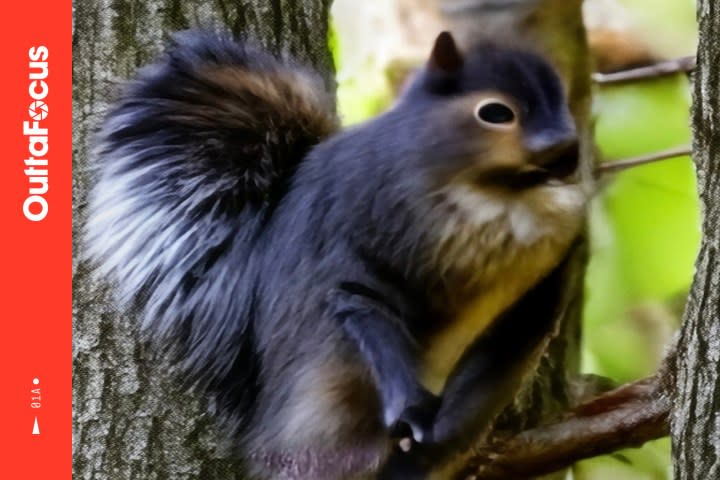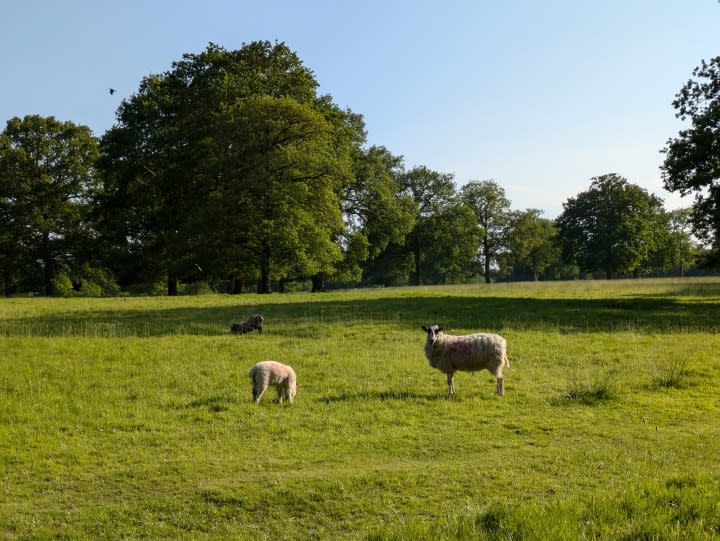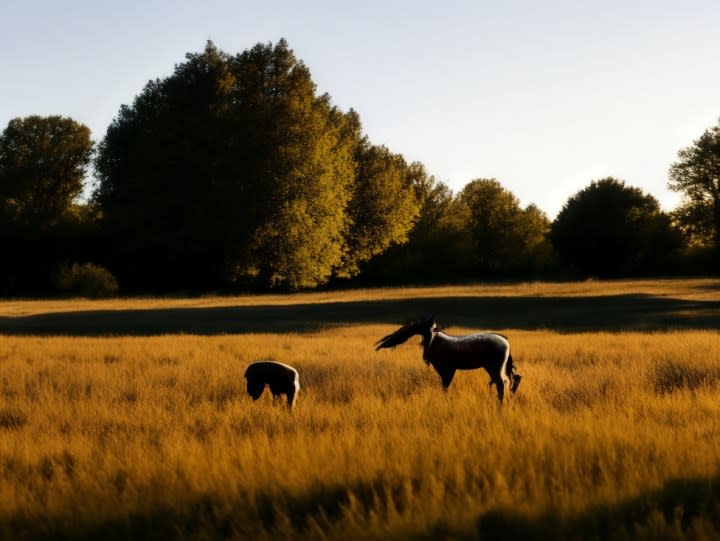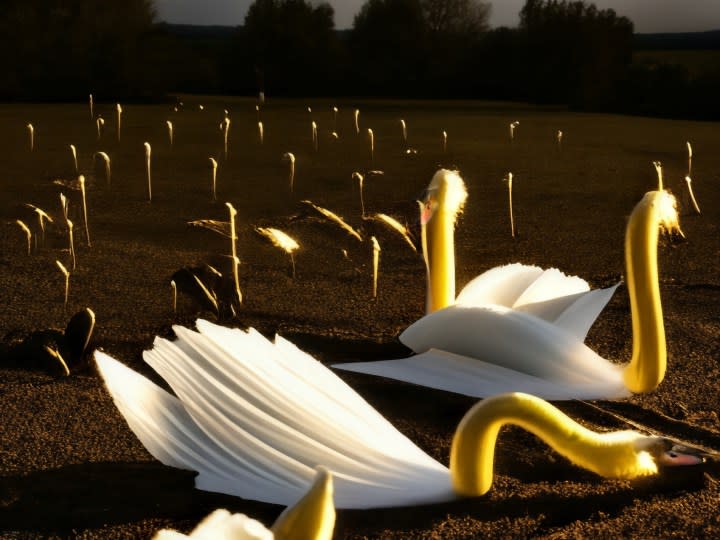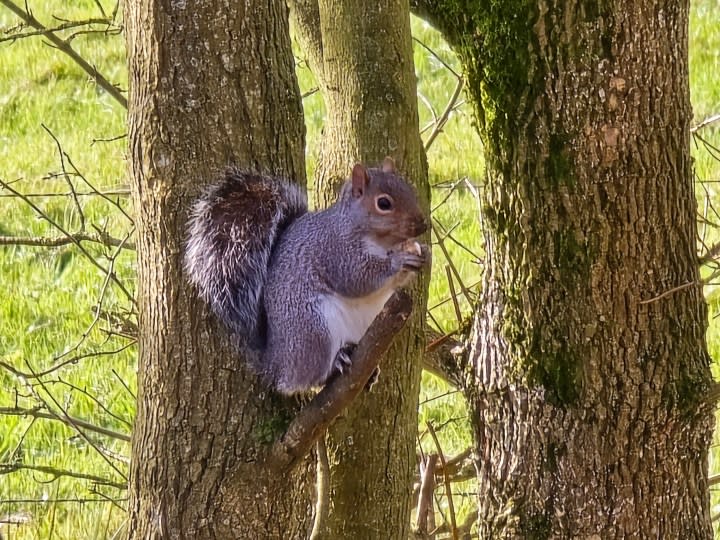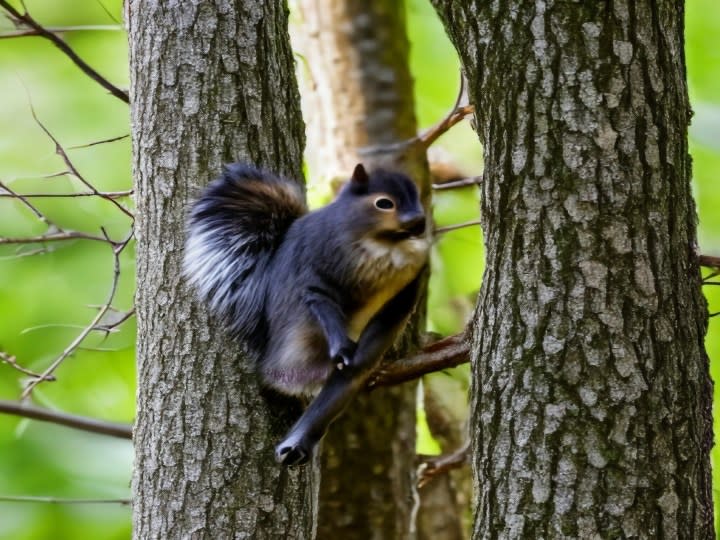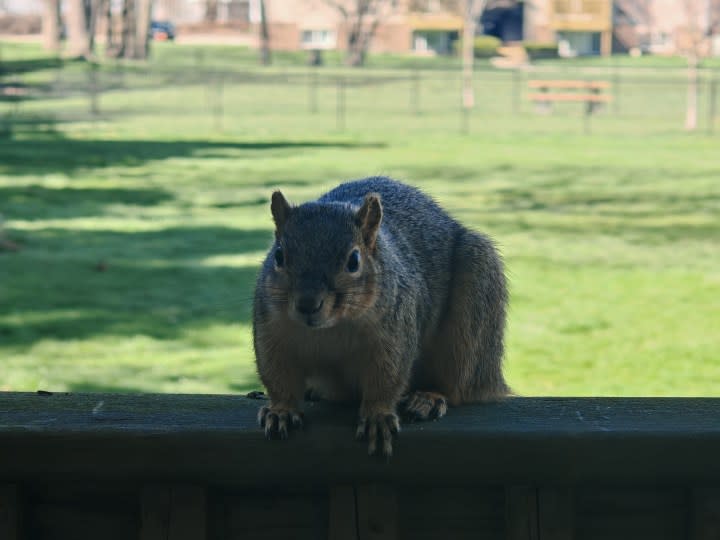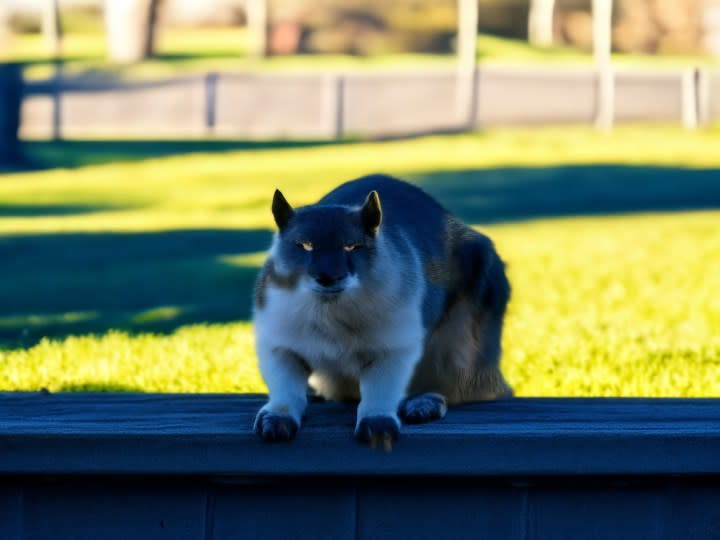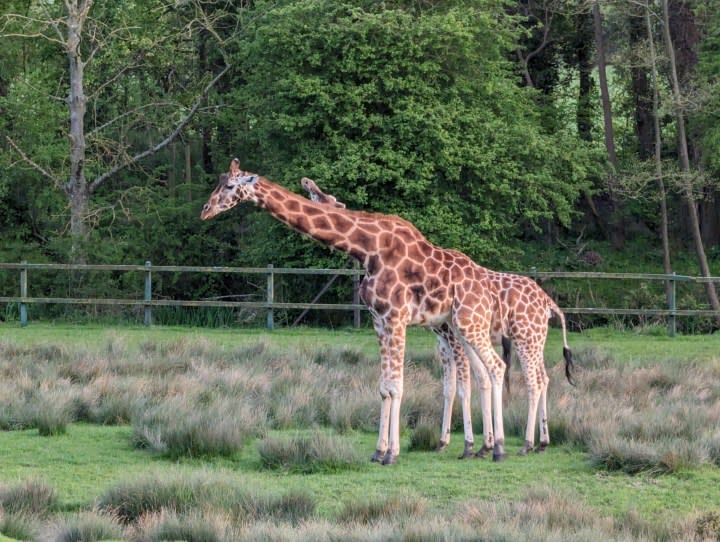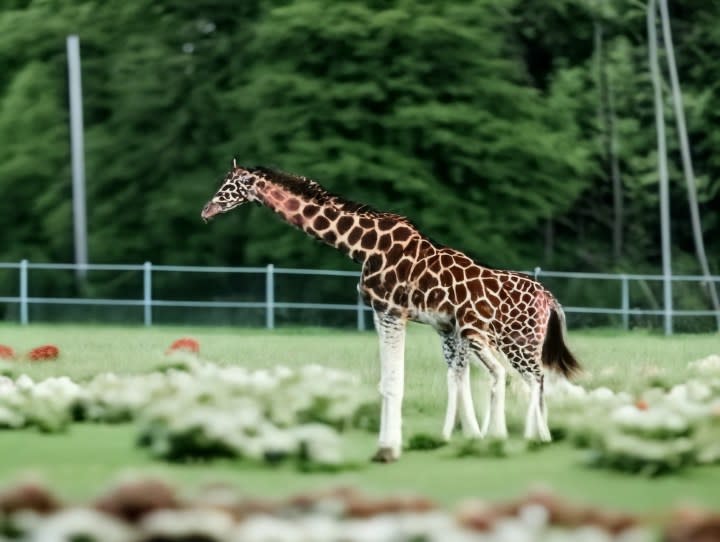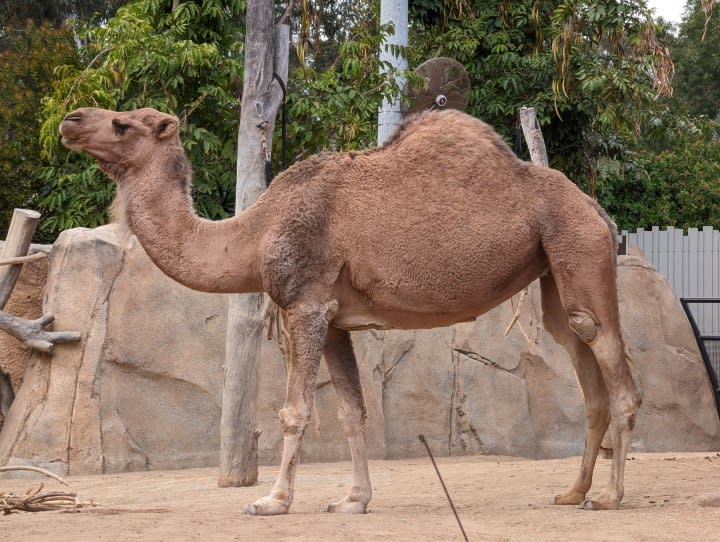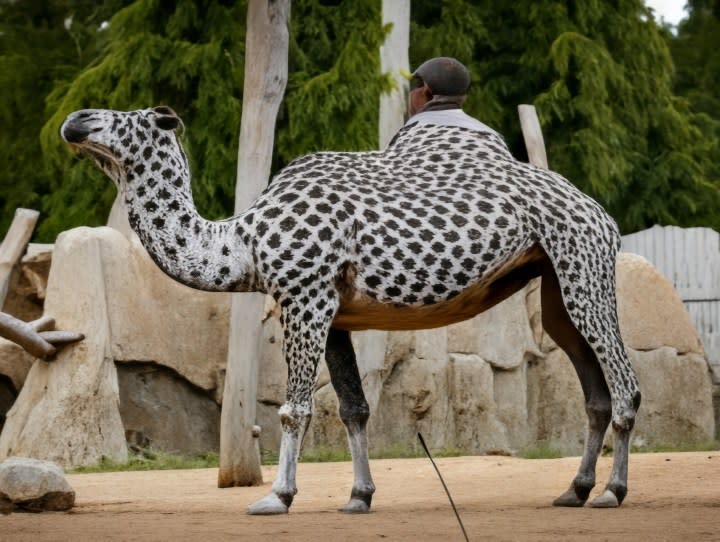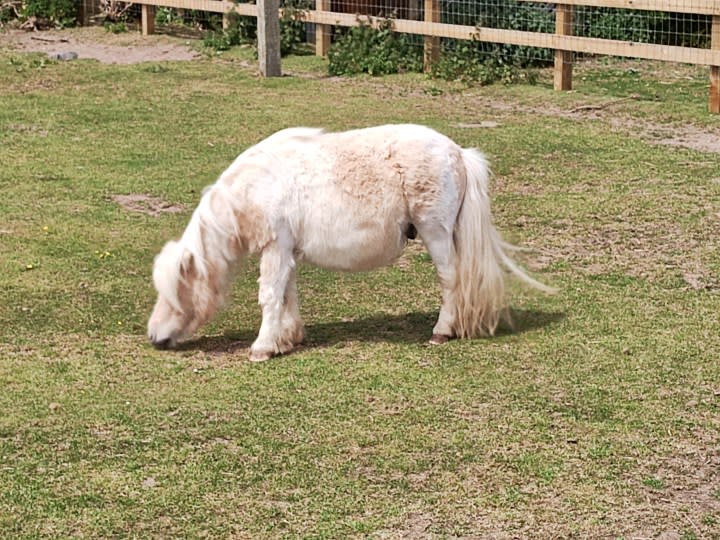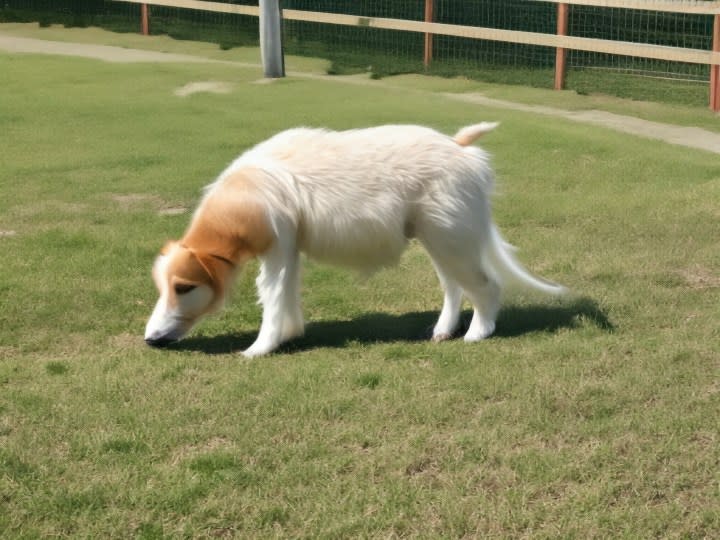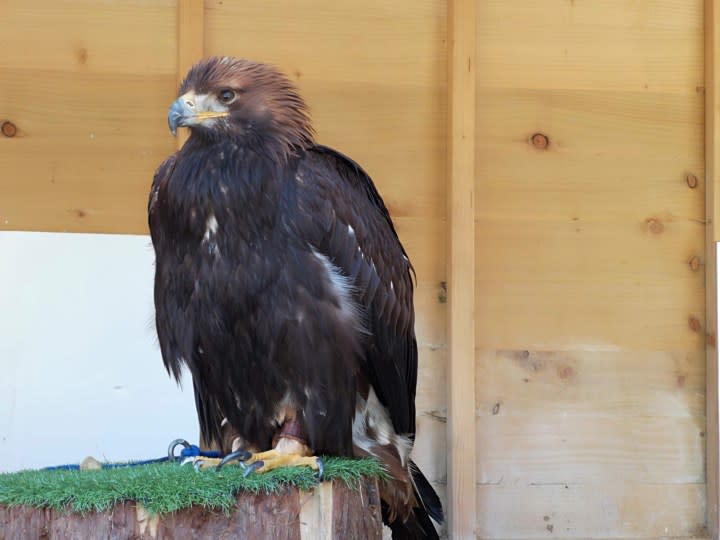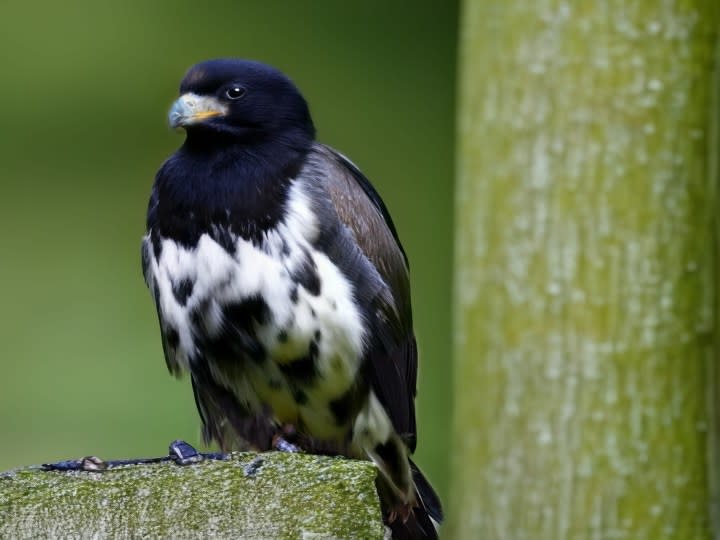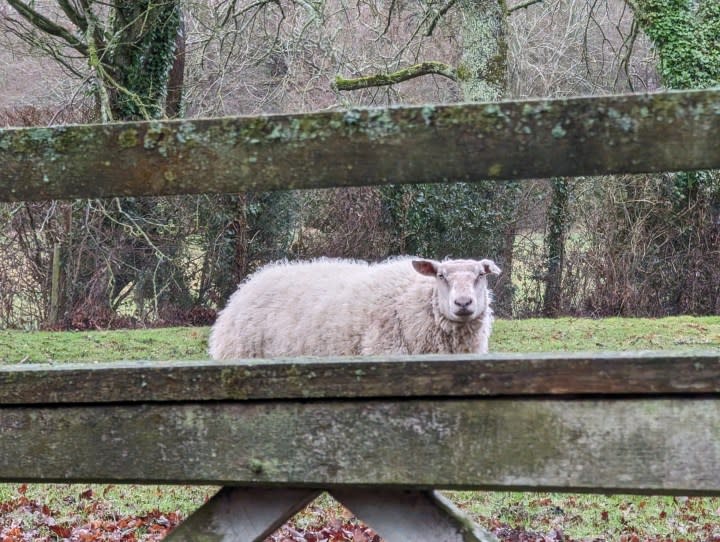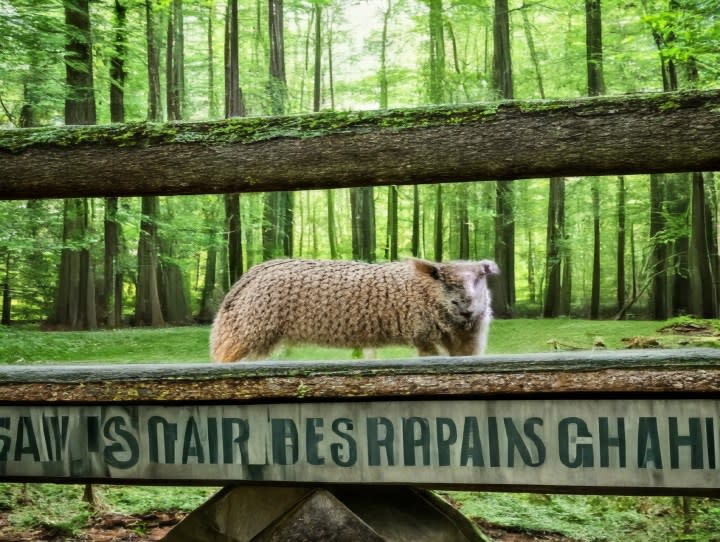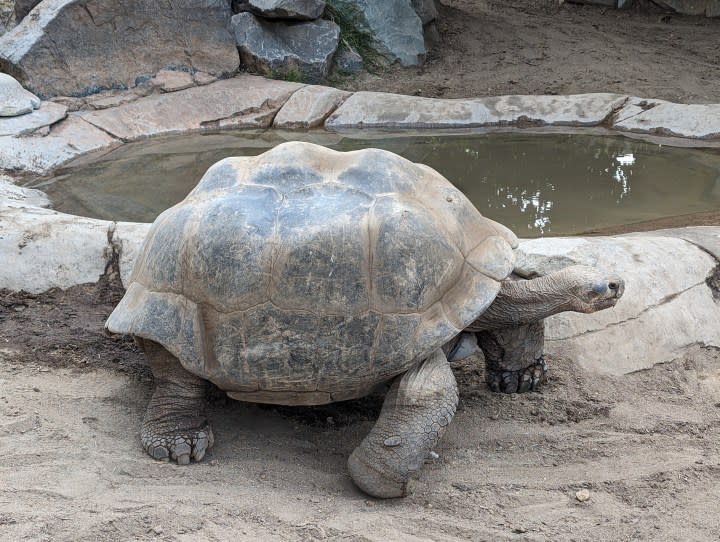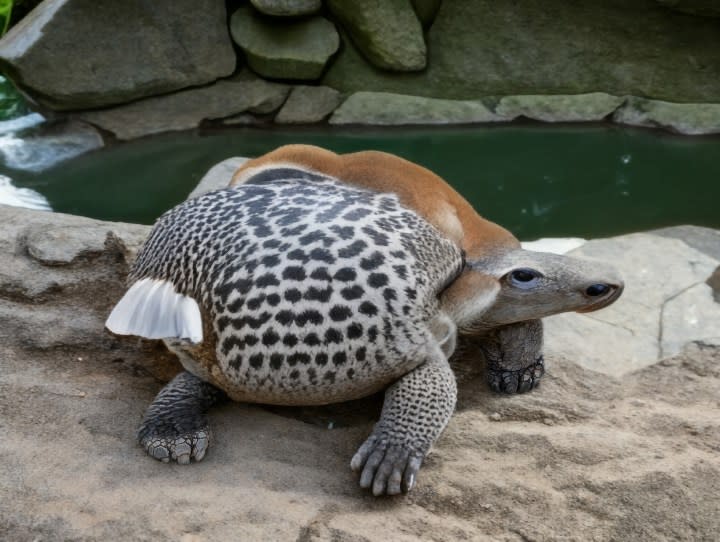My Google Pixel phone turned my photos into AI nightmares
Artificial intelligence is the big tech trend of the year, and it’s being pushed as a major feature in our smartphones, laptops, and creative endeavors. One such way is through AI-powered photo editing.
I’ve been experimenting with Google’s AI in Google Photos, and although I don’t want to add to the scare stories about AI being a generally very bad thing for humanity, what I’ve been finding is often truly terrifying. Join me as I show you around the menagerie of nightmarish beasts Google’s obviously unhinged AI has conjured up.
What’s so bad?
I’ve been playing around with the Magic Editor — the generative AI feature inside Google Photos — on the new Google Pixel 8a. It’s very clever and can alter the sky, water, and landscape in your images, add a portrait effect, remove unwanted objects, or even move objects around to reimagine the scene. One of the generative AI filters you can use is called Stylized, and if you haven’t tried this out before, it lets the AI’s creativity go wild. And the results are often very unusual.
In many cases, it gives your photo an abstract style or makes it look like a classic watercolor or oil painting. But there are other times when it goes totally off the rails, especially when it’s faced with some kind of living creature. Google’s AI doesn’t really “get” animals. It knows there’s something in the photo but is less concerned about realism and context and more interested in conjuring up things that belong in our nightmares.
Animals you never want to pet
I don’t think I should explain anymore; it’s much easier to just show you what’s happening inside the darker corners of Google’s AI. We’ll start with what was a fairly normal photo of a sheep and her lamb, which, after AI has taken a closer look, becomes a photo of a creature better suited to the world of Silent Hill, where I would run in terror from those horrific-looking elongated jaws as it inevitably turned and charged at me.
This is only the start. A scene where many swans are enjoying their time on the water is transformed into a hellscape where the swans are frozen in time on a lake of charred moss, with others seemingly growing from the surface in the background. The tone gives it a nuclear-holocaust-memorial look, and it’s very different from the original.
Moving on, we find Google’s AI has a deep distrust of squirrels. In its fevered mind, the once-cute squirrel I photographed has one short forearm and one unnaturally long forearm, plus the darkest, most lifeless black eye that would make even Quint from Jaws think twice about taking it on.
To prove Google’s AI isn’t a fan of squirrels and only sees the blackest of hearts when it casts its digital eye over them, it treated Digital Trends’ Mobile Editor Joe Maring’s photo of one in a similar way when he tried out Magic Editor’s Stylized mode. Once again, it gave the squirrel the evilest eyes and added bat-like ears and some fearsome paws just in case you still thought it was a cute, cheeky little thing.
The AI also has a thing about eyes, as they’re either pure evil or not there at all. One of its most terrifying creations is the multi-legged giraffe with no eyes, which I do have to admit if I’d seen it stalking the safari park when I visited, I definitely would have taken a photo of it. Then prayed I never saw it ever again.
It may not have eyes, but you just know it can sense your presence, and the clip-clop of its many hooves may be the last sound you ever hear. It gave Joe’s photo of a camel a similar treatment by removing its eyes, then giving it a Dalmatian-like skin and a concerning boney growth where its hump once was. I don’t ever want to visit the corner of the safari park where these eye-less creatures roam.
Awful lab experiments
While these animals are transformed into creatures that belong in Pan’s Labyrinth, sometimes Google’s AI takes a different but equally disturbing approach. The animals it has created here are clearly the results of shadowy lab experiments, where animals are altered or fused together with one another. They aren’t quite as terrifying, but they are still wrong, and that makes them very disconcerting. The once normal and rather sweet Shetland pony has been morphed into a bizarre twin-tailed dog/pony hybrid, the product of some awful experiment to create a “dony” or “pog” for a super-rich maniac bored of normal pets.
Luckily, the dony looks rather placid, and the trend continues in the next photo. The hawk is far more intimidating in the original photo than it is in Magic Editor’s version. The beak has been softened, the plumage fluffier, and the eyes less psychotic. The AI has decided to remove the talons completely, ensuring its new creation can’t rip you apart and feast on your flesh.
As Google’s AI dives deeper into a dream world, we have the sheep that is made of what looks like burlap or some kind of other rough material rather than soft wool. But if that’s not incredibly strange enough, one-half of its face is normal, and I’m trying not to look at what appears to be a mouth filled with crooked fangs. I imagine the words the AI has added to the fence say, “danger, burlap sheep loose, keep out.”
I’m going to end with Magic Editor’s cruelest animal experiment. An innocent tortoise becomes something not of this world, where fish, zebra, red panda, lizard, and who knows what other creatures come together to form a nightmarish gestalt being that no one should ever see. Whatever is going on with Google’s generative AI and photos of animals, the tortoise makes it very clear it needs specialist help.
Animals beware
At almost all other times, Magic Editor’s Stylized filter creates unique and eye-catching edits of your photos, changing them into something it would be almost impossible to create yourself without a specific talent or a lot of time. But animals seem to baffle it, where it’s unsure how to alter them, what belongs, what defines the creature, and what doesn’t. The results are unexpected and unearthly.
Do you dare set Google’s generative AI loose on your wildlife and pet photos? We can’t be held responsible for any sleepless nights caused by what it creates if you do.

